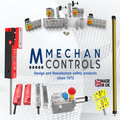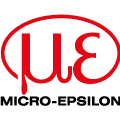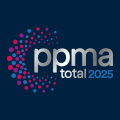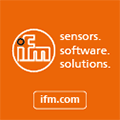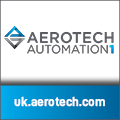
Posted to News on 24th Nov 2008, 11:14
Light-curing cyanoacrylates are more versatile
Cyanoacrylates - "instant' adhesives - are excellent assembly products, being general-purpose, quick-setting and simple to apply. But that general formula can be improved, as the introduction of 1770 series light-curing "instants' by ThreeBond demonstrates. Light curing not only accelerates the final cure time to approximately 10s (it can be up to 24h for full cure without light activation) but also deals with issues such as bleaching/blooming and slow curing excess. It also aids curing in wide gaps, and by using both moisture and light cure ensures a quick thorough cure where light cure alone would be affected by obscuring non-transparent material.
This makes the ThreeBond 1770 series (1771E, 1773E and 1776E) suitable for electronics and a wider variety industrial assemblies including optics, medical and electro/mechanical assembly (eg motor shafts, ornamental products, angling accessories, toys, musical instruments, sporting equipment, jewellery and woodwork). These are all areas where non-jig placement followed by quick and complete cure are major production benefits.
For example, advancing component miniaturisation has resulted in single components having extremely fine structures, such that conventional irradiation with sufficient light may often cause problems. In these cases, the use of an instant adhesive that combines both light and moisture curing is an effective way of providing reliable curing and bonding.
With this increasing miniaturisation, printed circuit boards also use less solder. But since bonding strength must be maintained, light-curing instant adhesives can be used to reinforce solder. Similarly, for metal-plated plastic components, conventional light-curing or anaerobic resins sometimes fail to bond. In these cases, light-curing instant adhesives are often used due to their bonding capabilities for an even broader range of materials.
Complete cure
1770 series adhesives are traditional cyanoacrylates with the benefit of photo-anion polymerisation to enable curing by ultraviolet or visible light. This ensures a tack-free surface on curing. In the case of medical components such as hypodermic needles and syringes, completely reliable bonding and curing is of course critical in their assembly - light-curing instant adhesives help to achieve these high standards. These adhesives are also used for assembly of Braille characters and graphics where other adhesives may suffer incomplete curing of excess material due to oxygen inhibition, such that touching incompletely cured portions may result in skin irritations. Light-curing instant adhesives are not affected by curing inhibition with oxygen and so eliminate the problem.
Other benefits of this dual-cure system include substrate suitability where, for example, non-polar or highly crystalline resins - which are generally regarded as difficult to bond - can bond strongly. Instant adhesives generally function also as reactive solvents, capable of dissolving the surfaces of certain plastic materials including acrylic, polycarbonate and ABS. However, the setting times for acrylic and polycarbonate are known to be relatively slow. This is due to the mutual solution of instant adhesive and the plastic in the bonding area. Since they cure 'instantly,' light-curing instant adhesives can prevent the dissolution of plastic surfaces in such cases.
For further information and an application video demonstration go to www.threebond.co.uk.
Want the latest machine building news straight to your inbox? Become a MachineBuilding member for free today >>
ThreeBond Europe S.A.S. (UK Branch)
5 Newmarket Court
Kingston
MK10 0AG
UNITED KINGDOM
+44 (0)1908 285000






